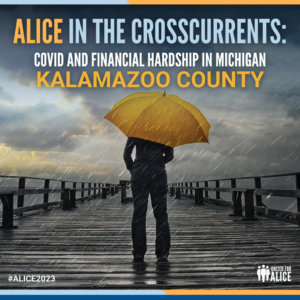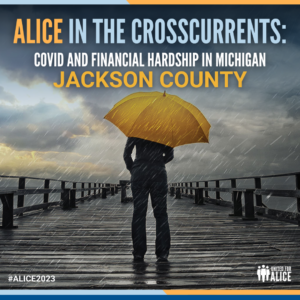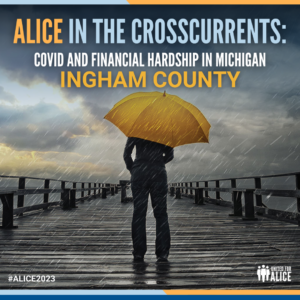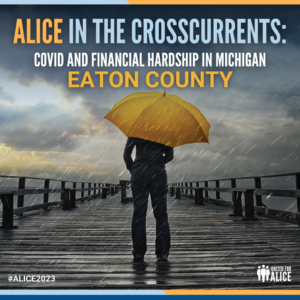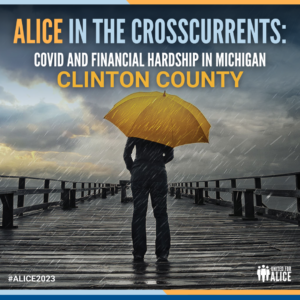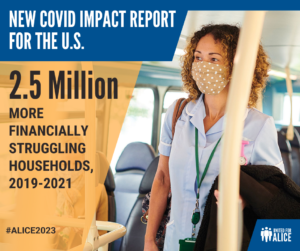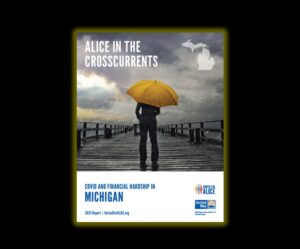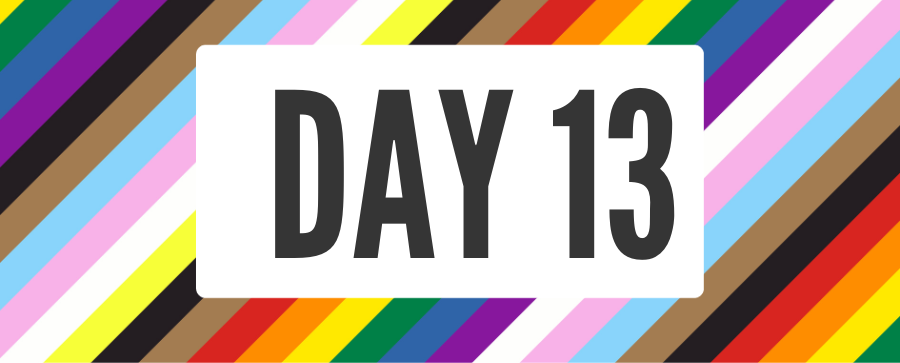
Income Inequality
LGBTQIA+ adults are more likely to live in poverty than straight and cisgender adults. Additionally, transgender adults and cisgender queer people of color are more likely to live in poverty than cisgender gay white adults. A 2022 study found that LGBTQ+ workers earn 22% less than their heterosexual cisgender counterparts. Another 2022 study showed that LGBTQ+ workers earn approximately 90 cents to every dollar US workers earn on average than the non-queer worker. This wage gap is even more striking for transgender people. Trans men and nonbinary workers earn approximately 70 cents to every dollar and trans women earn approximately 60 cents for every dollar earned by a typical worker.
About one in five LGBTQ+ adults in the United States (22%) live in poverty, compared to an estimated 16% of their straight and cisgender counterparts. While the exact data is not yet available, an overlay of existing data suggest that a growing number of LGBTQIA+ households, fall into the category known as ALICE (Asset Limited, Income Constrained, Employed). ALICE households are employed and hardworking adults who earn above the Federal Poverty Level yet struggle to afford the basics of housing, child care, food, transportation, health care, and technology. These workers often struggle to keep their own households from financial ruin, while keeping our local communities running. Longstanding discriminatory policies and practices that impact access to education, employment, health care, housing and other resources create barriers to financial stability for LGBTQIA+ people.
The federal government and many state governments had policies and laws in place that made it legal to discriminate on the basis of sexual orientation and gender identity. In 1953, President Eisenhower issued Executive Order 10450, which barred gay and lesbians from being employed with the federal government.
Achieving full equity for LGBTQIA+ individuals in the workplace is still a work in progress but a number of positive gains have been made in recent years. In 2020, the United States Supreme Court ruled in Bostock v. Clayton County that Title VII of the 1964 Civil Rights Act protects transgender and gay workers from workplace discrimination. Before this landmark ruling, there were few federal protections in the workplace LGBTQIA+ individuals. Earlier this year, Michigan’s governor signed a bill expanding the Elliott-Larsen Civil Rights Act to prohibit discrimination against LGBTQ+ people.
Today, states like Texas and Florida are still working to pass hostile laws against LGBTQIA+ people.
TODAY’S CHALLENGE
Listen:
- Overview of the book ‘Queer Career’ NPR’s Book of the Day [12 minute] listen]
Read:
- Adrien Gaubert, How to Build LGBTQ+ Inclusivity Within Your Company. Forbes, (January 10, 2023) [4 minute read]
- Suyin Haynes, You’ve Probably Heard of the Red Scare, but the Lesser-Known, Anti-Gay ‘Lavender Scare’ Is Rarely Taught in Schools. TIME, (December 22, 2020) [6 minute read]
- Disproportionate Incarceration. Sylvia Rivera Law Project. [3 minute read]
Watch:
- Arpita Aneja, The History You Didn’t Learn, ‘Lavender Scare’. TIME, (December 22, 2020) [10 minute watch]
- The Price of Exclusion II. UN Human Rights, (September 11, 2017) [3 minute watch]
Engage:
- Review Gaubert’s, How to Built LGBTQ+ Inclusivity Within Your Company. How is your workplace doing? How can you use your influence to built support for an LGBTQIA+ inclusive workplace?
Discuss:
- How can you use your influence to build support for an LGBTQIA+ workplace? Where might you start to build support and create positive change?
- If you were interviewing a person you perceived to be LGBTQIA+ for a job, would their perceived LGBTQIA+ identity impact your perception of their abilities? If so, in what way?

